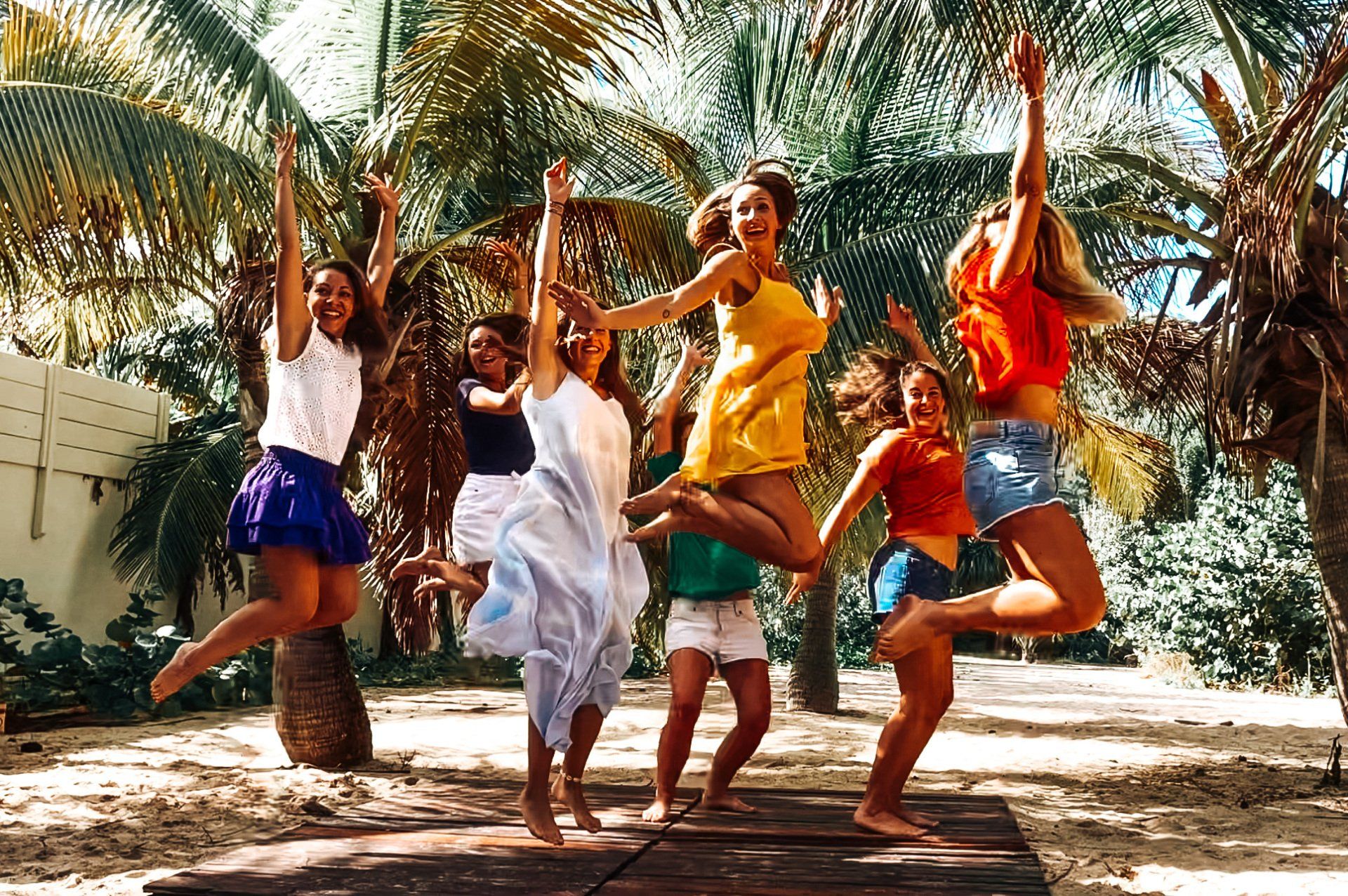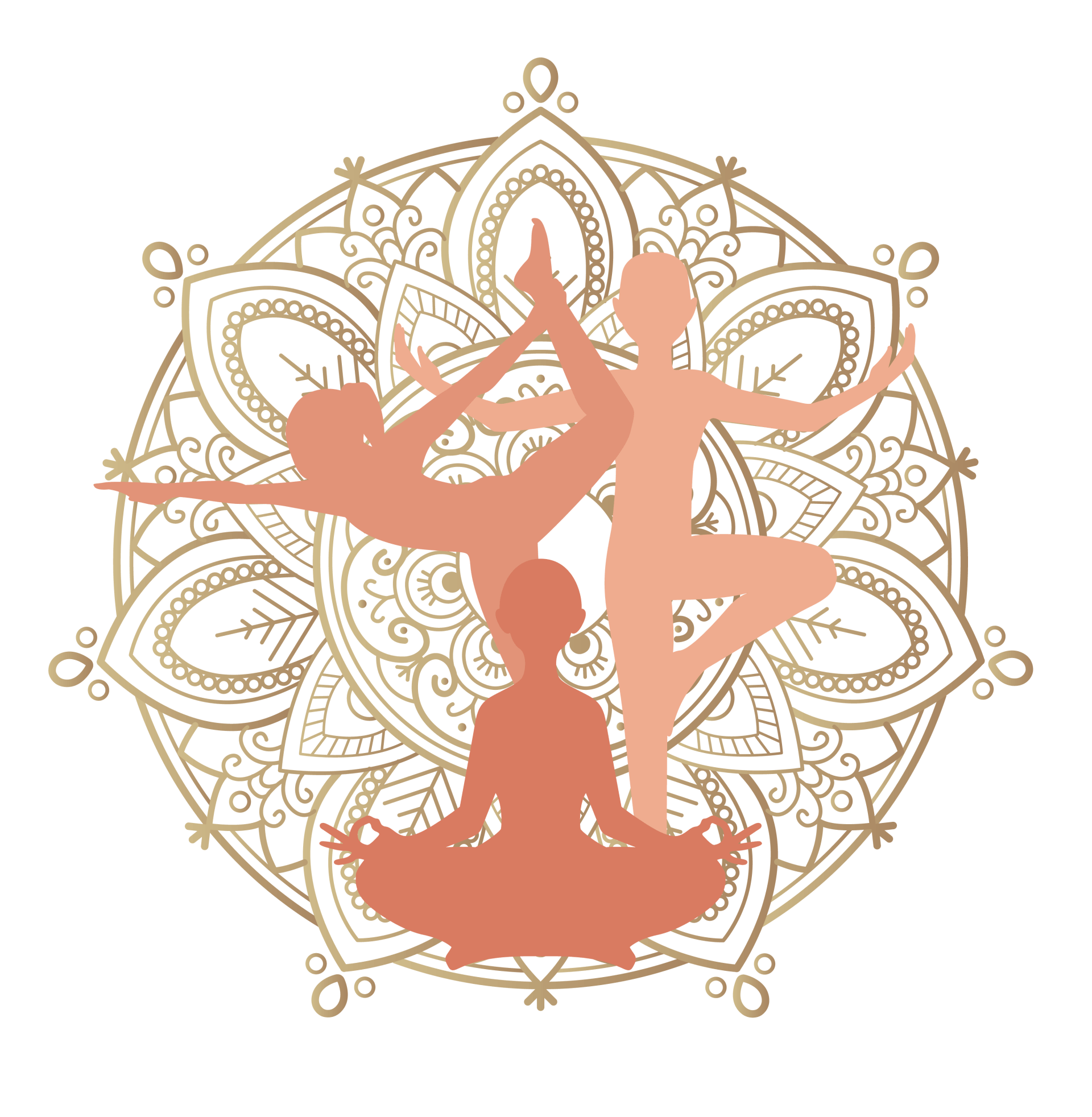Yoga and Nutrition: Eat Well, Live Zen! 🌿🧘♀️🥑
Yoga and Nutrition: Eat Well, Live Zen! 🌿🧘♀️🥑
The Importance of Nutrition in Yoga Practice: Nourishing the Body and Mind 🍎🧘♂️
The relationship between what we eat and our overall well-being is profound. A healthy and balanced diet not only supports our body physically but also nourishes our mind and soul. Here's how:
1. Providing Necessary Energy ⚡🍌
Just as a car needs fuel to run, our body needs energy to practice yoga effectively. A diet rich in essential nutrients is crucial:
- Proteins: Lean meats, fish, legumes, nuts, and seeds. Proteins help build and repair muscle tissue, ensuring quick recovery after yoga sessions.
- Complex Carbohydrates: Brown rice, quinoa, sweet potatoes, oats. Complex carbohydrates provide a stable and lasting energy source, essential for dynamic yoga sessions.
- Healthy Fats: Avocados, olive oil, nuts, fatty fish. Healthy fats are necessary for proper cell function and brain health.
Example of an Energizing Meal 🥤
Start your day with a smoothie made with fresh fruits, Greek yogurt, and a handful of nuts for a long-lasting energy boost. Berries provide antioxidants, yogurt offers protein, and nuts add healthy fats.
Recipe: Energizing Smoothie 🍓🥛
- 1 banana
- 1/2 cup berries (strawberries, blueberries)
- 1/2 cup Greek yogurt
- 1 tablespoon chia seeds
- 1 cup almond milk
- Blend all ingredients until smooth.
2. Promoting Muscle Recovery 💪🥗
After an intense yoga session, our body needs to repair and regenerate. Protein-rich foods are particularly beneficial for this process:
- Legumes: Lentils, chickpeas. They are high in protein and fiber, aiding digestion and muscle repair.
- Nuts and Seeds: Almonds, chia seeds, flax seeds. They provide protein and healthy fats that help reduce inflammation.
- Lean Proteins: Chicken, fish. These protein sources help rebuild muscle tissue without adding saturated fats.
Example of a Post-Yoga Meal 🍲
A bowl of quinoa with vegetables and grilled chicken is an excellent post-yoga meal for promoting recovery. Quinoa is a complete protein source, and vegetables provide essential vitamins and minerals.
Recipe: Quinoa and Grilled Chicken Bowl 🍗🥦
- 1 cup cooked quinoa
- 1/2 cup chickpeas
- 1/2 cup grilled vegetables (zucchini, peppers)
- 150g grilled chicken pieces
- Sauce: Mix Greek yogurt with lemon juice, garlic, and herbs.
3. Supporting Mental and Emotional Health 😊🥑
A balanced diet benefits not only our body but also our mind. Studies show that certain foods can positively impact our mood and emotional well-being:
- Antioxidant-rich Fruits and Vegetables: Berries, spinach, broccoli. Antioxidants help reduce oxidative stress and improve mental health.
- Omega-3s in Fatty Fish: Salmon, mackerel, sardines. Omega-3s are known for their anti-inflammatory effects and role in brain health.
- Healthy Fats: Avocado, coconut oil, nuts. They contribute to the production of neurotransmitters that regulate mood.
Example of a Meal for Mental Health 🌈🥗
A colorful salad of fresh vegetables with grilled salmon and an olive oil-based dressing is a great option to boost your mood. Vegetables provide vitamins, salmon offers omega-3s, and olive oil adds healthy fats.
Recipe: Salmon and Avocado Salad 🥑🐟
- 150g grilled salmon
- 1 avocado, sliced
- 1 cup arugula
- 1/2 cup cherry tomatoes
- 1/4 cup pecans
- Dressing: Mix olive oil, balsamic vinegar, honey, and Dijon mustard.
4. Strengthening the Mind-Body Connection 🧘♂️💖
Yoga invites us to be aware of our body and inner sensations. By nourishing our body with healthy and nourishing foods, we strengthen our connection with it, developing a deeper awareness of how what we eat affects our physical, mental, and emotional health.
5. Anti-Inflammatory Foods 🌿🔥
Inflammation can hinder recovery and increase the risk of injury. Incorporating anti-inflammatory foods into your diet can help reduce inflammation and promote better recovery:
- Turmeric: Known for its powerful anti-inflammatory properties, turmeric can be added to smoothies, curries, or even golden milk.
- Ginger: Helps reduce inflammation and can be used fresh, powdered, or in infusion.
- Berries: Rich in antioxidants, berries like blueberries, strawberries, and raspberries help fight inflammation.
- Leafy Greens: Spinach, kale, and other leafy vegetables are rich in antioxidants and anti-inflammatory compounds.
Recipe: Golden Turmeric Milk 🥛✨
- 1 cup almond milk
- 1 teaspoon turmeric
- 1/2 teaspoon cinnamon
- 1/4 teaspoon ginger powder
- 1 teaspoon honey
- Heat all ingredients together and mix well.
6. Supplements for Yogis 💊🌟
Even with a balanced diet, some nutrients may require supplementation, especially for yogis who have specific needs:
- Vitamin D: Essential for bone health and the immune system, especially in winter or for those who do not get much sunlight.
- Omega-3: For those who do not regularly consume fatty fish, omega-3 supplements can help reduce inflammation.
- Magnesium: Helps with muscle relaxation and recovery after exercise.
7. Foods for Mental Clarity 🧠✨
To support mental clarity and concentration, certain foods can make a big difference:
- Nuts: Rich in omega-3 fatty acids, they promote cognitive function.
- Dark Chocolate: Contains flavonoids that improve blood flow to the brain.
- Green Tea: Contains L-theanine, an amino acid that can improve concentration and alertness.
Recipe: Nut and Dark Chocolate Energy Bar 🍫🌰
- 1 cup nuts (almonds, cashews)
- 1/2 cup rolled oats
- 1/4 cup dark chocolate, chopped
- 1/4 cup honey
- 1 tablespoon chia seeds
- Mix all ingredients and press into a mold. Refrigerate until firm.
8. Foods for Concentration 🥑📚
To improve concentration, incorporate specific foods into your diet:
- Avocado: Rich in monounsaturated fats, it helps protect nerve cells.
- Berries: The antioxidants in berries improve communication between brain cells.
- Eggs: Contain choline, a nutrient crucial for neurotransmitter production.
Recipe: Avocado Toast with Poached Eggs 🥚🍞
- 1 slice whole grain bread
- 1/2 avocado, mashed
- 2 poached eggs
- Top the bread with avocado and eggs, sprinkle with salt and pepper.
9. Muscle Recovery After a Yoga Session 💪🍒
Muscle recovery is essential after a yoga session, and certain foods can help speed up this process:
- Proteins: Essential for muscle repair. Integrate lean protein sources like chicken, fish, legumes, and eggs.
- Hydration: Water and electrolytes are crucial for recovery. Consume natural electrolyte drinks like coconut water.
- Antioxidants: Help reduce oxidative stress post-exercise. Colorful fruits and vegetables are good sources.
Recipe: Recovery Smoothie 🍌🍃
- 1 banana
- 1 cup almond milk
- 1 scoop protein powder (optional)
- 1/2 cup spinach
- 1 tablespoon chia seeds
- Blend all ingredients until smooth.
10. Mindful Eating 🥢🧘♀️
Mindful eating is an approach that encourages greater awareness of what we eat, how we eat, and why we eat. This practice can be particularly beneficial for yogis:
- Eat Slowly: Take time to savor each bite, which helps to better appreciate food and avoid overeating.
- Listen to Your Body: Eat when you're hungry and stop when you're full. Avoid eating out of boredom or stress.
- Be Present: Focus on your meals without distractions like TV or phone. This allows you to truly appreciate the food and digest better.
11. Practicing Gratitude 🙏💖
Gratitude is a fundamental element of yoga practice and can be easily integrated into your diet.
Expressing gratitude for the food we consume and for the people who contributed to its production can transform our culinary experience.
Here's how to integrate gratitude into your eating:
- Take a Moment Before Eating: Before starting your meal, take a few moments to express your gratitude for the food in front of you.
- Appreciate Each Ingredient: Think of the efforts of farmers, pickers, transporters, and cooks who contributed to bringing this food to your table.
- Share Your Gratitude: If you're eating with others, take the time to share what you're thankful for with them.
This practice can enrich your dining experience and strengthen your connection to the food and the people who depend on it.
Conclusion 🌟🧘♂️
In summary, a healthy and balanced diet is a fundamental pillar of our yoga practice, allowing us to cultivate vitality, strength, and clarity of mind needed to progress on our path to well-being and fulfillment.
May each meal be an opportunity to nourish not only our body but also our soul, while practicing gratitude for every bite.
Namaste 🪷






